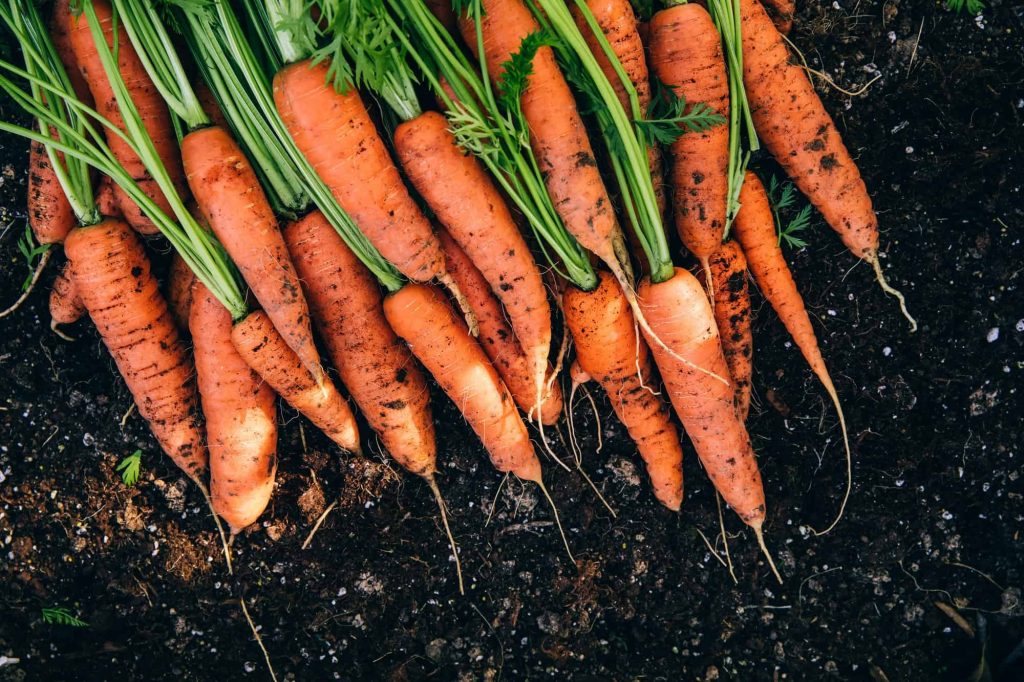The carrot is a delicate plant. It, therefore, needs the proximity of companion plants to produce healthy tubers.
Root crops require proper handling because of the pests that could affect them in the soil. The soil contains varieties of organisms that can be detrimental to root crops. Companion planting is the best way to reduce this risk.
Carrot is best grown during spring and summer. This edible vegetable can be eaten raw in salads or cooked with different meals. It is nutritious and provides the body with essential vitamins. The best way to protect this crop is by planting it with different herbs, vegetables, or flowers.
Some of the best companions for carrots are from the vegetables and herb list, these excellent companion plants are rosemary, chives, legumes, thyme, leeks, tomatoes, radish, brassicas, nasturtiums, and onions. It is not a good idea to grow carrots with plants like potatoes, dill, celery, and parsnips.
What this does is give it a good yield by keeping pests at bay. It also improves the flavor of your carrot and helps it retain its vitamins. It is one of the best vegetables to have in the garden as it is versatile and delicious when eaten too. Some plants will encourage carrot growth.
10 Best Carrot Companion Plants
These are the best companion plants to grow near carrots to boost yield and have a healthy harvest.
1. Onions
Onions affect a few plants negatively but benefit more plants positively. Carrots are one of the vegetables that enjoy being close to this vegetable plant. Many plants benefit from onion protection. Onions help repel pests from carrots. Carrot is plagued with carrot flies and aphids.
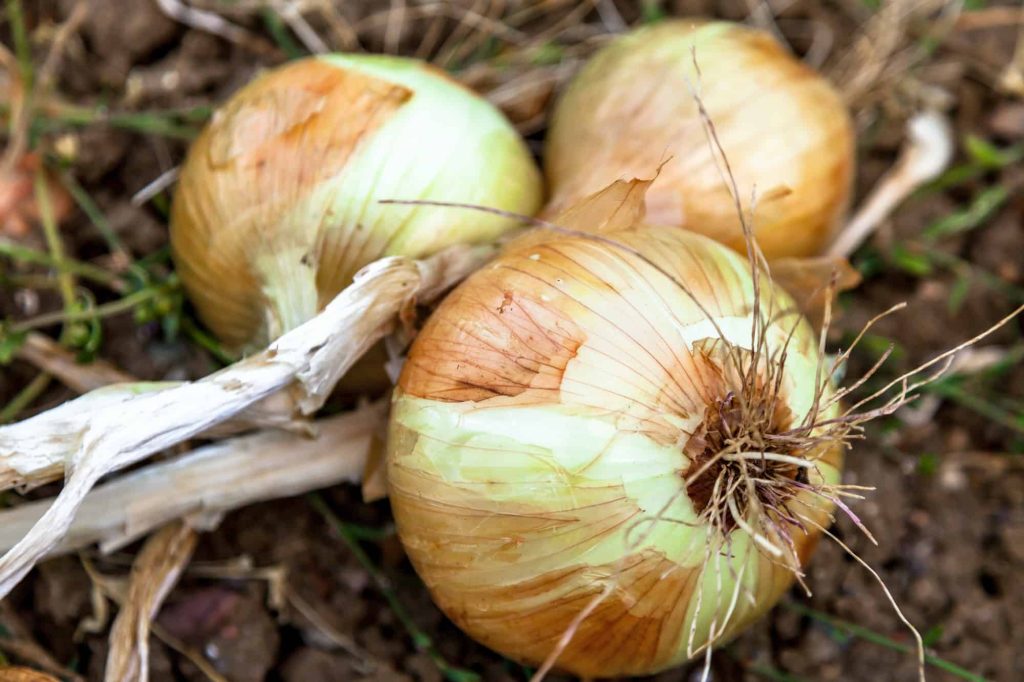
Onions play a huge role in inviting beneficial insects like predators that will feed on these pests. It can be grown with its cousins; chives or garlic to encourage stronger protection.
2. Chives
Chives belong to the family of allium. Vegetables in this family release strong scents that deter dangerous pests like aphids. These pests are responsible for the poor harvest of other vegetable crops like carrots. To get rid of these pests, situate some chives plants close to a carrot. It also gives carrots some space to grow and a flavor boost.
3. Leek
Leek is a perfect companion for carrots. It deters carrot’s enemy- carrot flies and moths. Your carrot tubers will produce good yields when grown with leeks.
4. Legumes
What is a garden without cover crops? Legumes help you cut costs on fertilizers. Growing them in your garden boosts its fertility and provides its companion with enough nutrients. Carrot which is a nutrient-loving crop will benefit from the proximity of beans, peas.
These legumes fix nitrogen in the soil and boost fertility which is what the carrot plant needs to grow well.
5. Rosemary
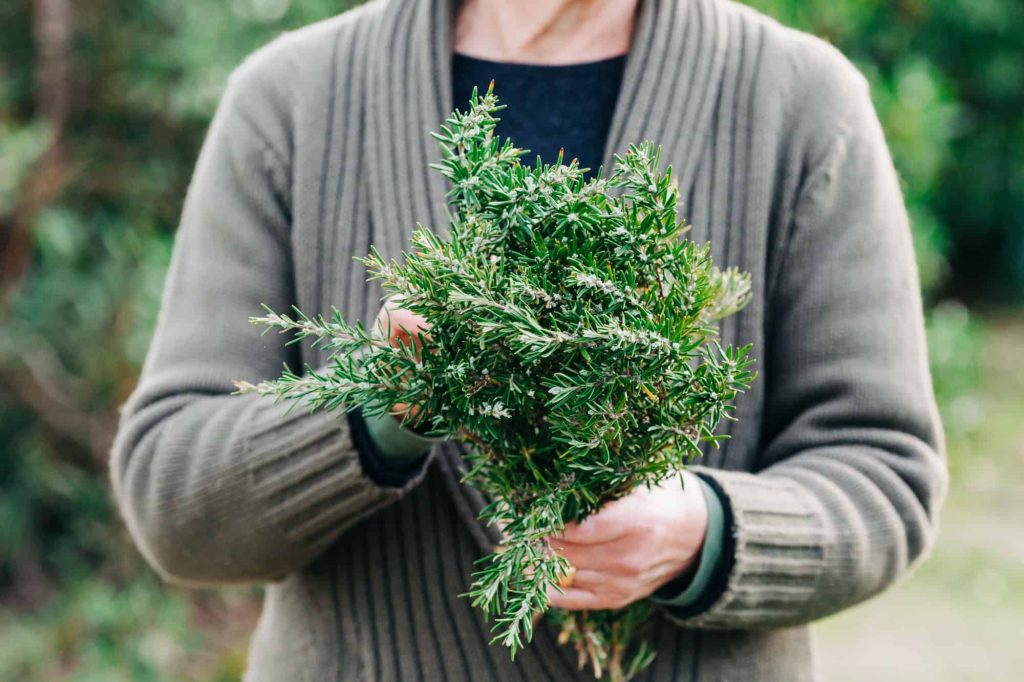
If you are thinking of an herb to plant in your garden, you can’t go wrong planting rosemary. This flowering herb releases a scent that keeps pests at bay. It keeps aphids far away from your carrot vegetable.
6. Nasturtium
This is a sacrificial plant that repels varieties of pests. It is best to have this flower in your garden if you don’t want the disturbance of pests. It acts as a trap crop to protect carrots when you plant them in the garden. It also invites beneficial insects to your garden.
7. Tomatoes
Tomatoes are recognized for their susceptibility to pests and fungal diseases but none of these will affect carrots. Tomatoes can act as a shade for carrots which will require some time. Instead of covering your carrot plant with plastic, grow carrots near it for a better yield.
8. Radish
Radish can play the role of loosening up the soil. Tilling the soil to achieve looseness is one of the requirements for planting carrots. The roots of carrots need this to travel into the soil effortlessly. Radish helps the roots travel deep into the soil without stress.
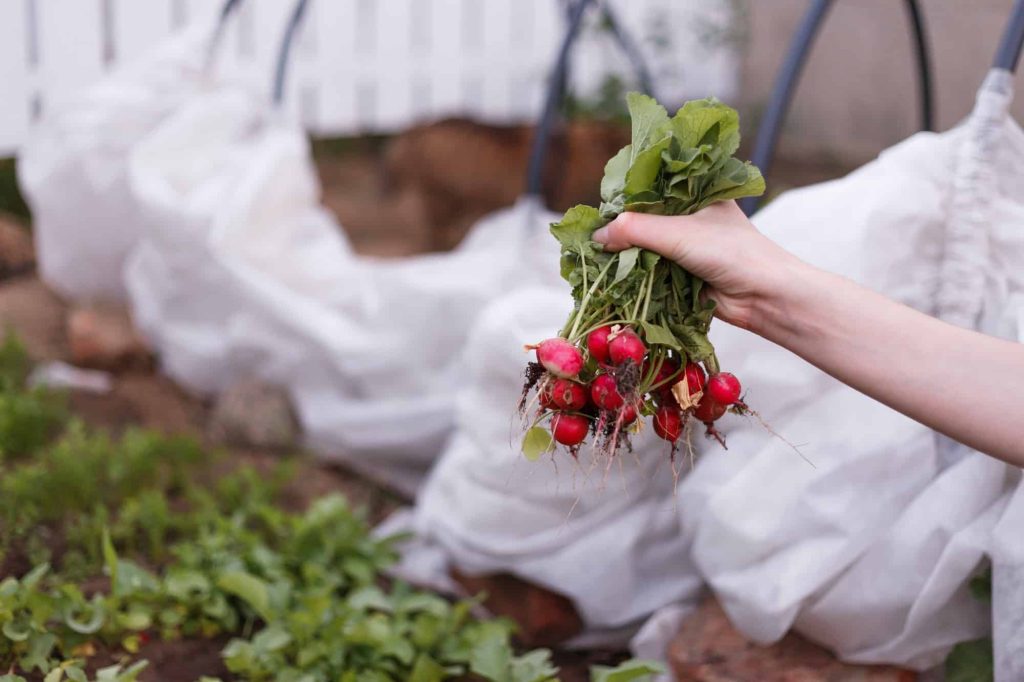
9. Brassicas
Carrots and brassicas are plagued with some pests but growing carrots close to your cabbages or kales will protect them from pests. It masks the scent of your brassicas from dangerous pests. Consider growing them together for some cabbage protection.
10. Thyme
Thyme is barely absent on the list of companion plants. It is one of the best herbs to have in your garden. It is versatile.
It will repel carrot flies from your crop and at the same time give it a flavor boost. The strong scent of thyme will prevent pests like psyllids from coming close to your carrot. It can also be used for culinary dishes after your carrot has been harvested.
What Not To Grow With Carrots
Some plants reek of bad luck. They are so described because they could invite pests or diseases to your carrot vegetable.
For carrot to come out with a good yield, it must go through the process of companion planting. Some plants will help your carrot vegetable yield good fruits while some will hinder it.
1. Dill
Dill is a good companion plant to other vegetables and herbs. It will stunt the growth of your dill herb if grown with it. It releases some toxic compounds that can hinder your carrot Vegetable. Poor hybrids can be produced when carrot cross-pollinates with dill. Carrots can also invite parasitic insects to destroy dill.
2. Fennel
It doesn’t go well with many garden plants. It releases chemicals that hinder their growth. It is also susceptible to pests that can come close and eat up your carrot. It can attract the worst pests of carrot vegetables. Keep fennel far away from carrot.
3. Parsnip
Parsnips can infest your carrot with pests. The proximity of parsnips to carrots will do a lot of harm than good. The best thing to do is to keep parsnips away from your garden.
4. Celery
Don’t be deceived into planting carrots with celery because they are both vegetables. These two vegetable plants don’t go well together on the patch. Carrot flies, a major pest of carrot can be attracted by celery to destroy your vegetable root crop.
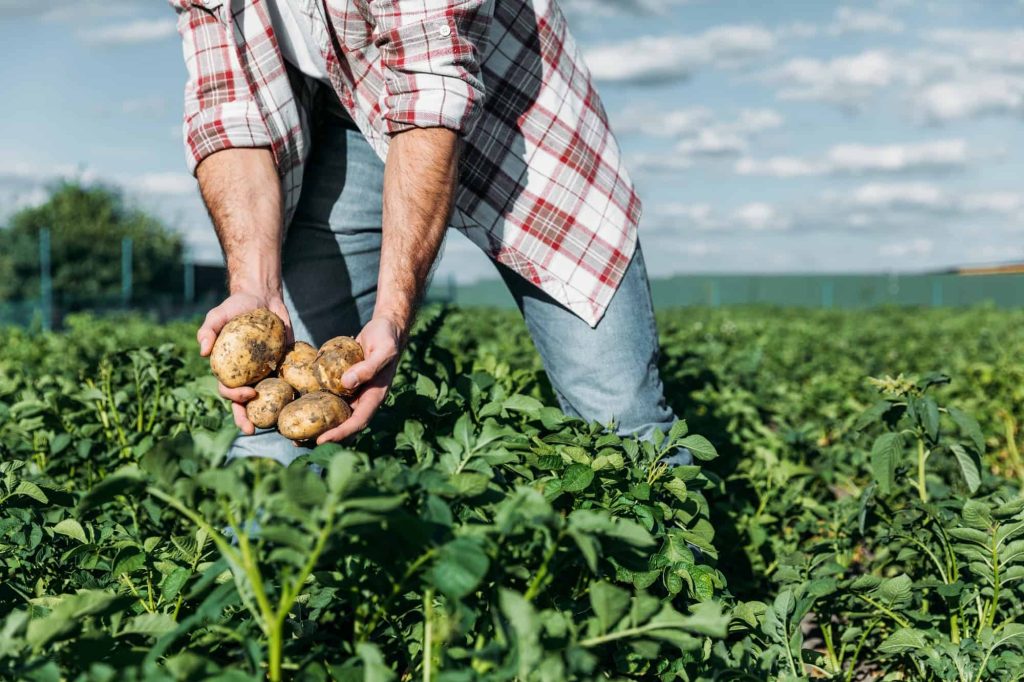
5. Potatoes
Growing two root crops like potatoes and carrots together is calling for competition. Root crops grow well with excessive phosphorus. Planting them together can result in competition for that element.
Carrot Companion Planting Guide
Some plants have specific growing requirements to thrive well. Carrot is a cool-weather crop. It is best to grow them during spring and fall. There are several precautions and guidelines to take note of while attempting to plant carrots.
1. Choosing a site
- The soil is one of the most important elements you need in growing carrots. If you go wrong with the soil, you go miss every other thing. Before planting, make sure the soil is broken into a fine texture, free of stumps, stones
- Make sure you till the soil to be used
- Mix the soil with manure or compost to boost fertility
- Prepare beds for your carrot vegetable
- Use loamy soil to grow your carrot
- Choose a site that is exposed to full sunlight
2. Time to plant
- Carrot thrives in the spring and fall seasons. Before growing, ensure the danger of frost has passed.
- After 3 weeks interval, plant another set of carrot vegetables for consistent harvest
- During Fall, plant carrot seeds in late summer
3. Planting requirements
- Dip the carrot seed half an inch deep into the soil
- Space them 2-3 inches apart to avoid competition
- Water the soil often to keep it a bit moist
- Thin the plants carefully when more than 2 carrot plant sprouts. This is to allow other plants to receive sufficient nutrients
- Expose the plant to at least 6 hours of sunlight. Provide it with shade one out of five times you expose it to sunlight
4. Care
- Provide your carrot plant with a living mulch
- Uproot weeds growing around your carrot plant
- Apply a fertilizer with high levels of potassium and phosphate after 6 weeks of germination
What is the trick to growing carrots?
How long do carrots take to grow fully?
Do carrots need lots of water?
Do carrots need a lot of sunlight?
What month do you plant carrots?
How many carrots do you get per plant?
How do you know when carrots are ready for harvest?
Can you eat second-year carrots?
Are carrots easy to grow?
Can you grow carrots in pots?
Can you replant carrot tops?
Conclusion
Planting carrot is not brutal if the planting requirements are followed. Carrot is a vegetable that requires so much care if you won’t be companion planting it. Carrot is highly susceptible to pests thus you must monitor it properly.
It is however best to grow it with other crops to reduce the risk of pest infestation. With that, you will have a healthy harvest of carrot tubers.
More companion planting advice:
- Cucumber Companion Plants (What Not to Grow With Cucumbers)
- Eggplant Companion Plants (What Not To Grow Near Eggplants)
- 10 Parsley Companion Plants (What Not to Grow Near Parsley)
- Lettuce Companion Planting (What Not to Grow Near Lettuce)
- Zucchini Companion Plants (What Not To Grow Near Zucchini)
- Blueberry Companion Plants (What Not To Grow Near Blueberries)
